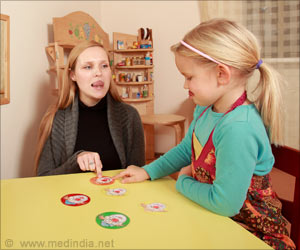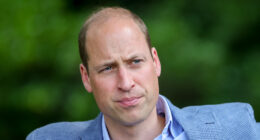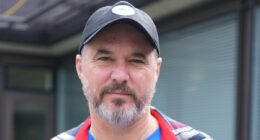
Children aged 6 to 12 years were taught new words before doing one of three things— swimming, taking part in CrossFit exercises or completing a coloring sheet.
‘Exercise can increase levels of brain-derived neurotrophic factor that helps in learning.’
The result of the study shows that children who swam were 13 per cent more accurate in follow up tests of the vocabulary words.
The lead researcher, Maddy Pruitt, herself a former college swimmer who now regularly takes CrossFit classes said,” exercise is known to increase levels of brain-derived neurotrophic factor, a protein. It is described as the Miracle-Gro of the brain”.
The change made by swimming compared to crossFit is attributed to the amount of energy each exercise demands of the brain.
READ RELATED: Hay fever: Are you suffering for the first time? The key to preventing bad symptoms
Swimming is an activity the kids can complete without much thought or instruction while the crossFit exercises were new to them so children needed to learn the moves, which required mental energy.
As most research into exercise examines it from the angle of a healthy lifestyle, not much towards the domain of language acquisition, this study provides a new angle into exercise.
This result can be applied to clinicians, caregivers and educators who can put it into practice to boost the outcomes.
Source: Medindia
Source:









